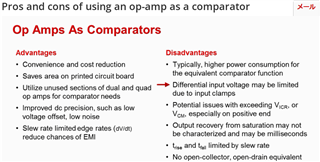A 3kHz SIN wave is input in an environment with an ambient temperature of 25 degrees.
(1) When used with a single power supply (+ 15V)
(2) When used with a single power supply (+ 30V)
(3) When used with both power supplies (± 15V)
How much will the temperature rise in the three patterns?
I tried to measure the parts alone,
Single power supply (+ 15V) is 37 ℃
Single power supply (+ 30V) is 50 ℃
Both power supplies (± 15V) are 50 ℃
Has risen to.
Is this temperature rise normal?





